The streets were covered with snow when Portlanders sequestered during the first week of March last year. I remember walking through the neighborhood, enjoying the silence and softness of blanketed lawns where daffodils pushed through the darkness in search of sunlight. The snow melted a few weeks later and all at once, the tulips burst into bloom. Most of us thought the COVID scare would be over by summer, never imagining it would last more than a year.
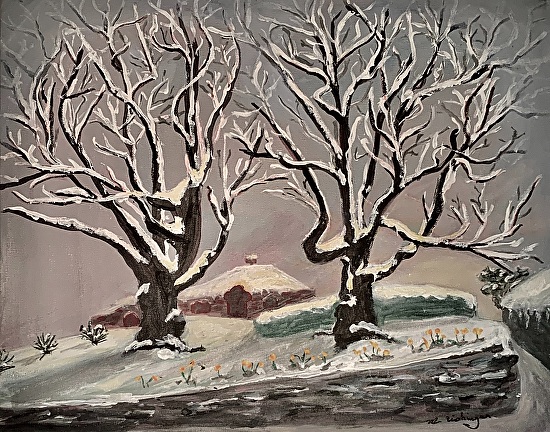
Oak trees in Spring Snow 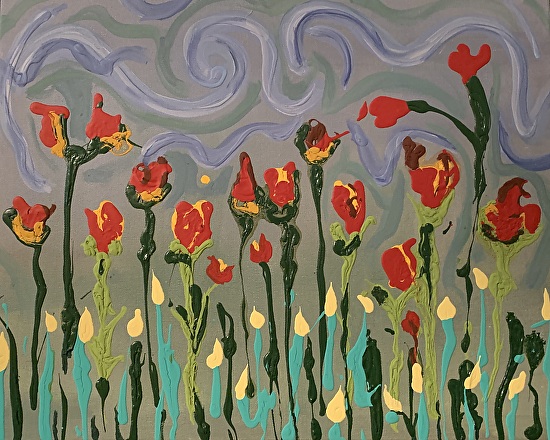
Spring Burst
By the end of April, gardeners were out in force carrying heavy bags of fertilizer and purchasing trays of young plants to add cheer to their homes and to glorify the streets to remind us of what is good. “Life continues,” we said, “no matter what happens, we have to stay in touch with family, eat, and make the best of it. We’ll plant gardens and be okay.
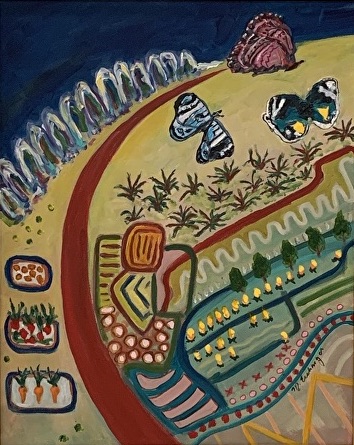
I took walks in the woods, enjoying the soft yellow-green colors of spring. The path by my house and the arboretum were favorite places to visit early in the morning before they became crowded with hikers and joggers. As I wandered through narrow trails unable to look at treetops without tripping, I inspected the trunks by my side and found beauty in their variety.

I touched their bark, noticing some that were rough and others smooth, some hard as stone while others were spongy.
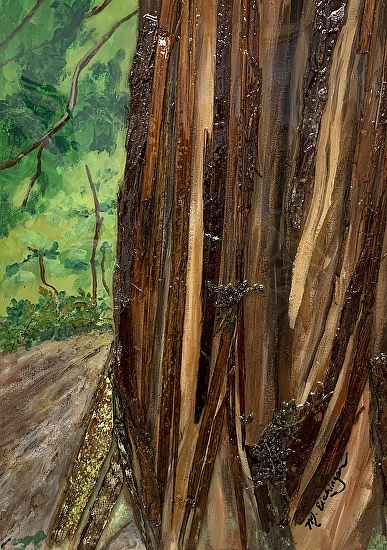
Red Cedar 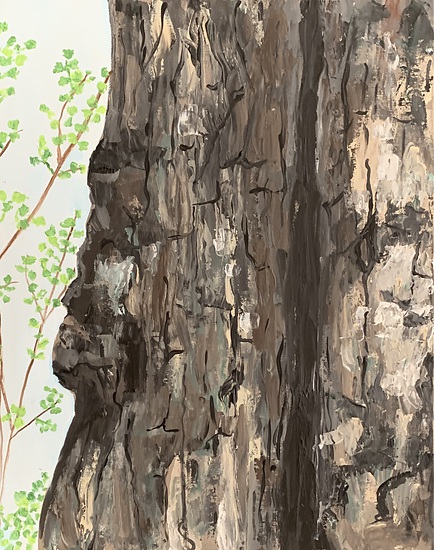
Maple 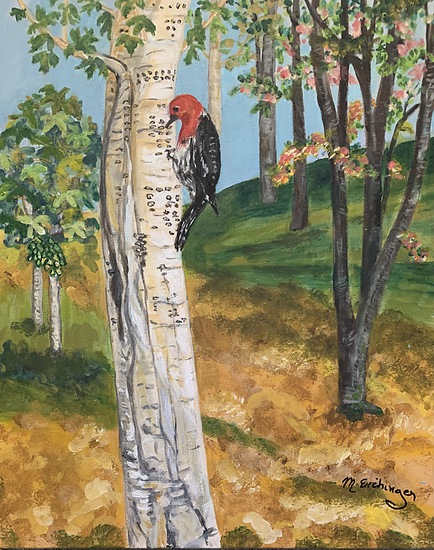
PawPaw
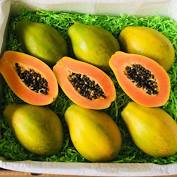
I saw that PawPaw trees held their outer bark on tight like the skin on a body. The tree is home to insects that sapsuckers find by tapping their beaks in evenly spaced lines. Their fruit is a delicacy that feeds millions of people.
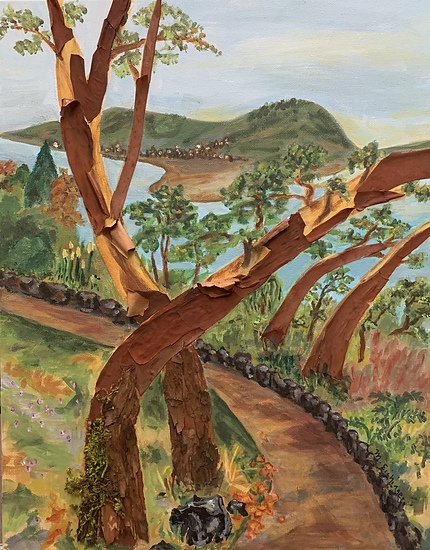
Pacific Madrones bend in the wind with a thin bark that peels off to leave lustrous light wood peeking through beneath.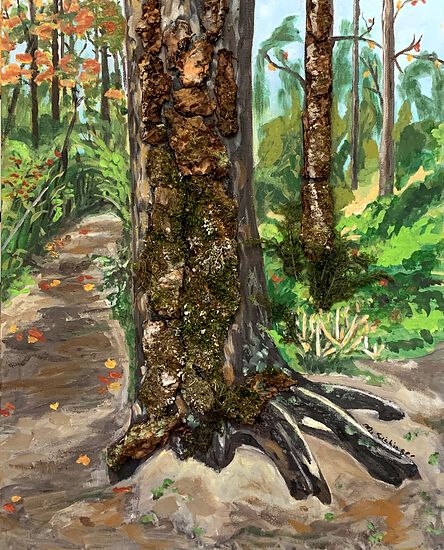
Douglas Firs built like pillars, tall, strong, and straight are protected by a thick outer skin that says “don’t bother me.”
As spring turned into summer, children flew kits along with the COVID virus that kept spreading. Throughout America, hundreds of thousands of people marched in protest of George Floyd’s inhumane death. The clouds cried tears of sadness as men tried to protect loved ones. Children followed carrying hope for the future. Most Oregonians marched peacefully, yet there was much destruction. Many protesters didn’t wear masks. Covid spread.
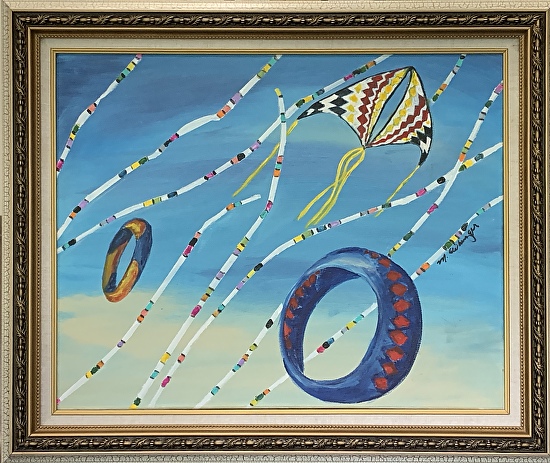
Flying High 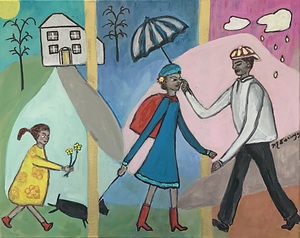
Life Rolls with Hope
Extremists turned Portland’s center-city into a disaster zone. A bronze sculpture of an elk was destroyed. Why that? Jobs were lost. Social distancing made shelters inadequate. Adjacent to smashed windows and boarded-up buildings, hundreds of tents were erected. Still, COVID continued. More tents appeared. More trash accumulated. More people died.
Amazon trucks tripled, flooding neighborhoods, yet traffic remained light because people worked from home. The air became cleaner, easier to breathe. With 6,000 fewer planes flying daily there days when the sky was crystal clear.
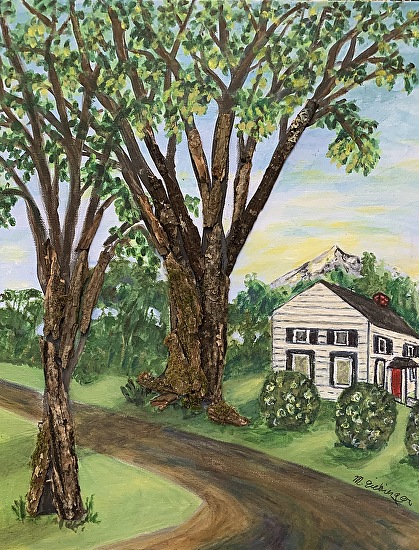
On the surface, the city looked peaceful. Police records show shootings escalated, robberies increased, and domestic violence became rampant.
Over the summer, there were families that ventured to uncrowded beaches while others looked for shade to get away from the heat.
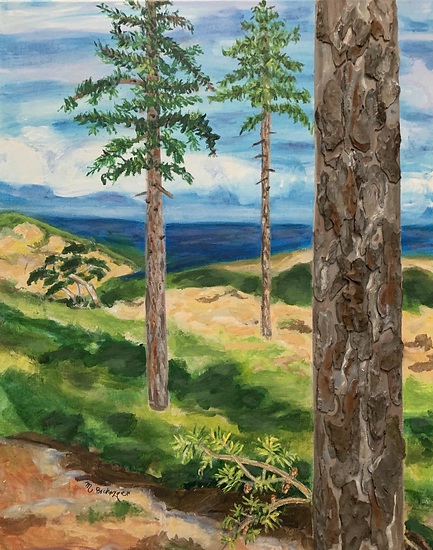
Red PInes on the Atlantic 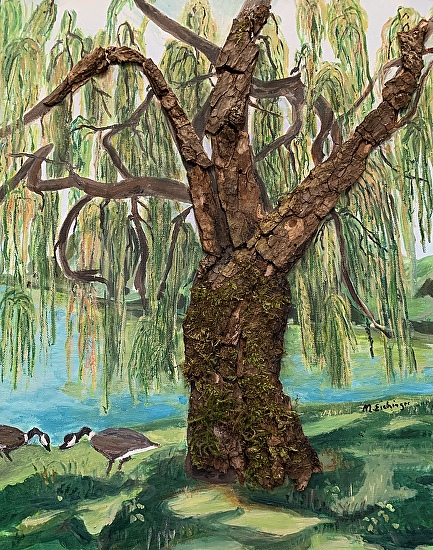
Weeping Willow
Then, towards the end of August, the West Coast burst into flame. It was difficult to breathe. People lost homes and cried through their masks. Generous souls made donations to help them survive. Nature showed us who was in control. Life is precious and must be cared for and valued. More people got COVID. More wore masks.
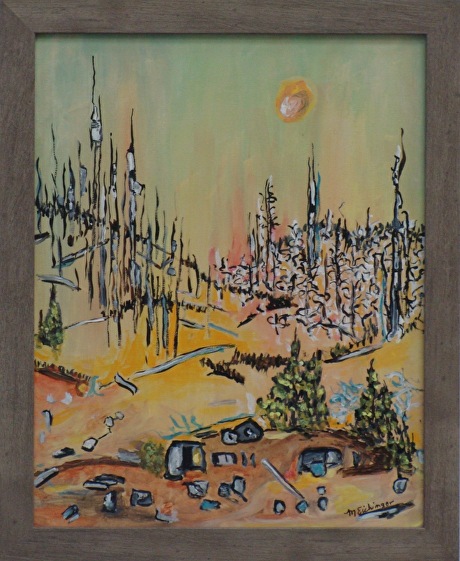
Yet, The Crabapples ripened and were picked for pies. No one goes hungry if they know how to live off the land. Squirrels worked at collecting sap-filled pine cones with seeds to put away for winter. They dropped them from high trees to land with a thud on our porch where they left a sticky mess. When did our trees get so big and falling cones loud enough to wake us up in the morning?
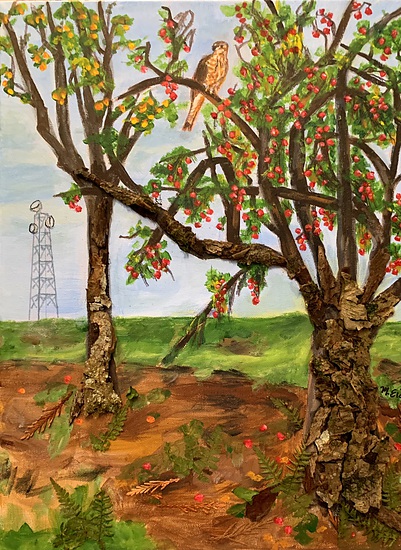
Crabapple 
Chestnut 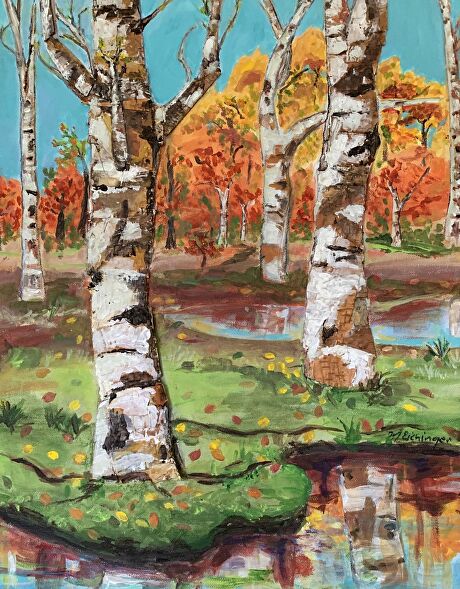
Birch Trees
Despite the devastation, the weather began to cool and chestnuts started falling. On outings, I filled a bag with them to roast. They reminded me of my childhood when our turkey was stuffed with chestnut filling. Thanksgiving and Christmas were bitter-sweet holidays filled with longing. Some traveled despite warnings not to, and so COVID flourished. More died.
By then, leaves had changed colors and dropped from their branches. The deciduous trees displayed their bark more fully when they were bare. I loved examining the way their branches are in an assemblage of shapes. Walks became a treebark lover’s paradise.
In the Northwest, we are fortunate to have a variety of Evergreens that keep Oregon green. in winter their color is dark and the trees appear to be sleeping.
January became February, and it will shortly be March. One year after the start of sequestering, despite civil unrest, we have a new president and over 500,000 dead from COVID. Yet there is progress. Almost 14 percent of the US population has received at least one dose of vaccine. The Magnolia trees are budding and getting ready to bloom. There is renewed hope that our lives will be better by summer.
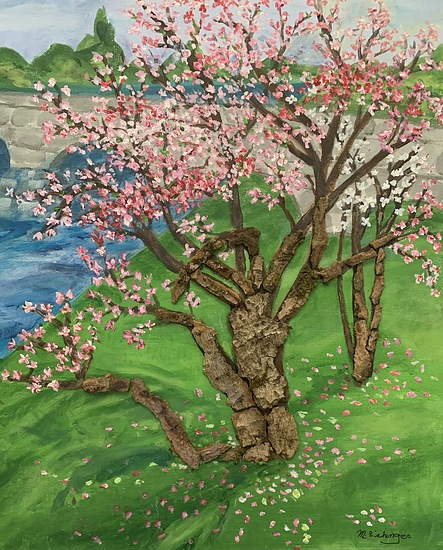
To see the entire COVID-19 series go to https://www.eichingerfineart.com/collections/142242
Feel free to share this blog if you find it an interesting accounting of the past year.
Art is always for sale, contact me at marilynne@eichingerfineart.com.
